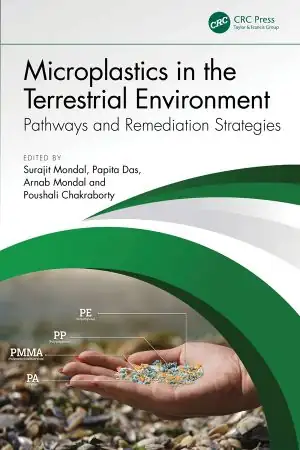
Liver Stem Cells: Methods and Protocols
- Length: 225 pages
- Edition: 2012
- Language: English
- Publisher: Humana Press
- Publication Date: 2011-12-17
- ISBN-10: 1617794678
- ISBN-13: 9781617794674
- Sales Rank: #6786295 (See Top 100 Books)
Liver Stem Cells: Methods and Protocols (Methods in Molecular Biology, Vol. 826)
Increasing evidence suggests that liver stem cells have the capacity to differentiate into parenchymal hepatocytes or into bile ductular cells. These stem cells may be activated to proliferate after severe liver injury or exposure to hepatocarcinogens. Stem cell replacement strategies are being investigated as an alternative approach to liver repair and regeneration. Additionally, stem cell transplantation has been shown to significantly improve liver function and increase survival in experimentally-induced liver-injury models in animals. In Liver Stem Cells: Methods and Protocols, expert researchers focus on several hepatic progenitor cells, hepatic differentiation form stem cells, bile ductal cell formation from stem cells, liver stem cells and hepatocarcinogenesi, and application of liver stem cells for cell therapy. These topics shed light on stem cell technology which may lead to the development of effective clinical modalities for human liver diseases. Written in the highly successful Methods in Molecular Biology™ series format, chapters include introductions to their respective topics, lists of the necessary materials and reagents, step-by-step, readily reproducible laboratory protocols, and key tips on troubleshooting and avoiding known pitfalls.
Thorough and intuitive, Liver Stem Cells: Methods and Protocols seeks to aid scientists in the further study of preclinical and clinical investigations that explore the therapeutic potential of stem cells in repair of liver injuries.
Table of Contents
Part I: Several Hepatic Progenitor Cells
Chapter 1: Purification and Culture of Fetal Mouse Hepatoblasts that Are Precursors of Mature Hepatocytes and Biliary Epithelial Cells
Chapter 2: Clinical Uses of Liver Stem Cells
Chapter 3: Identification and Isolation of Adult Liver Stem/Progenitor Cells
Chapter 4: Isolation and Purification Method of Mouse Fetal Hepatoblasts
Chapter 5: Isolation of Hepatic Progenitor Cells from the Galactosamine-Treated Rat Liver
Part II: Hepatic Differentiation from Stem Cells
Chapter 6: Purification of Adipose Tissue Mesenchymal Stem Cells and Differentiation Toward Hepatic-Like Cells
Chapter 7: Development of Immortalized Hepatocyte-Like Cells from hMSCs
Chapter 8: Isolation of Adult Human Pluripotent Stem Cells from Mesenchymal Cell Populations and Their Application to Liver Damages
Chapter 9: Generation and Hepatic Differentiation of Human iPS Cells
Chapter 10: Efficient Hepatic Differentiation from Human iPS Cells by Gene Transfer
Chapter 11: “Tet-On” System Toward Hepatic Differentiation of Human Mesenchymal Stem Cells by Hepatocyte Nuclear Factor
Chapter 12: SAMe and HuR in Liver Physiology
Part III: BD Formation from Stem Cells
Chapter 13: Transdifferentiation of Mature Hepatocytes into Bile Duct/ductule Cells Within a Collagen Gel Matrix
Part IV: Liver Stem Cells and Hepatocarcinogenesis
Chapter 14: Identification of Cancer Stem Cell-Related MicroRNAs in Hepatocellular Carcinoma
Part V: Application of Liver Stem Cells for Cell Therapy
Chapter 15: Intravenous Human Mesenchymal Stem Cells Transplantation in NOD/SCID Mice Preserve Liver Integrity of Irradiation Damage
Chapter 16: Engineering of Implantable Liver Tissues
Chapter 17: Mesenchymal Stem Cell Therapy on Murine Model of Nonalcoholic Steatohepatitis







